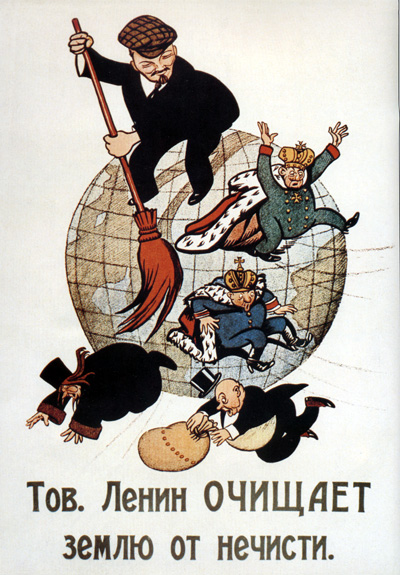Up to four million people in Vietnam were exposed to the defoliant, and as many as three million people have suffered illness because of Agent Orange, while the Vietnamese Red Cross estimates that up to one million people were disabled or have health problems as a result of exposure to Agent Orange.
An epidemiological study done by the Centers for Disease Control and Prevention showed that there was an increase in the rate of birth defects of the children of military personnel as a result of Agent Orange. Agent Orange has also caused enormous environmental damage in Vietnam. Over 3,100,000 hectares (31,000 km2 or 11,969 mi2) of forest were defoliated. Defoliants eroded tree cover and seedling forest stock, making reforestation difficult in numerous areas. Animal species diversity is sharply reduced in contrast with unsprayed areas. The environmental destruction caused by this defoliation has been described by Swedish Prime Minister Olof Palme, lawyers, historians and other academics as an ecocide.
About 17.8%—3,100,000 hectares (31,000 km2; 12,000 sq mi)—of the total forested area of Vietnam was sprayed during the war, which disrupted the ecological equilibrium. The persistent nature of dioxins, erosion caused by loss of tree cover, and loss of seedling forest stock meant that reforestation was difficult (or impossible) in many areas. Many defoliated forest areas were quickly invaded by aggressive pioneer species (such as bamboo and cogon grass), making forest regeneration difficult and unlikely. Animal species diversity was also impacted; in one study a Harvard biologist found 24 species of birds and 5 species of mammals in a sprayed forest, while in two adjacent sections of unsprayed forest there were, respectively, 145 and 170 species of birds and 30 and 55 species of mammals.
Dioxins from Agent Orange have persisted in the Vietnamese environment since the war, settling in the soil and sediment and entering the food chain through animals and fish which feed in the contaminated areas. The movement of dioxins through the food web has resulted in bioconcentration and biomagnification.

hoooooly shit I didn't know there were others
'Rainbow Herbicides'
It wasn't the agent orange that was the issue. (Though that point is arguable.) But shitty industrial controls allowed dioxin to form during the manufacturing process. Dioxin was not a necessary component for agent orange to work as a defoliant, but it was something along the lines that if one part of the process was allowed to heat up too much, then Dioxin would form. Monsanto (yes, that Monsanto) reported it to the government and the military, but they all agreed to keep it a secret.
It was used more than just Vietnam too. Dioxin contaminated agent orange was used in North America as well by fire fighters clearing foliage for fire breaks.
Dioxin is one of the most toxic substances to humans known.
I think there's also Agent Orange x Northern Lights
I haven't smoked any of these strains but they sound awesome